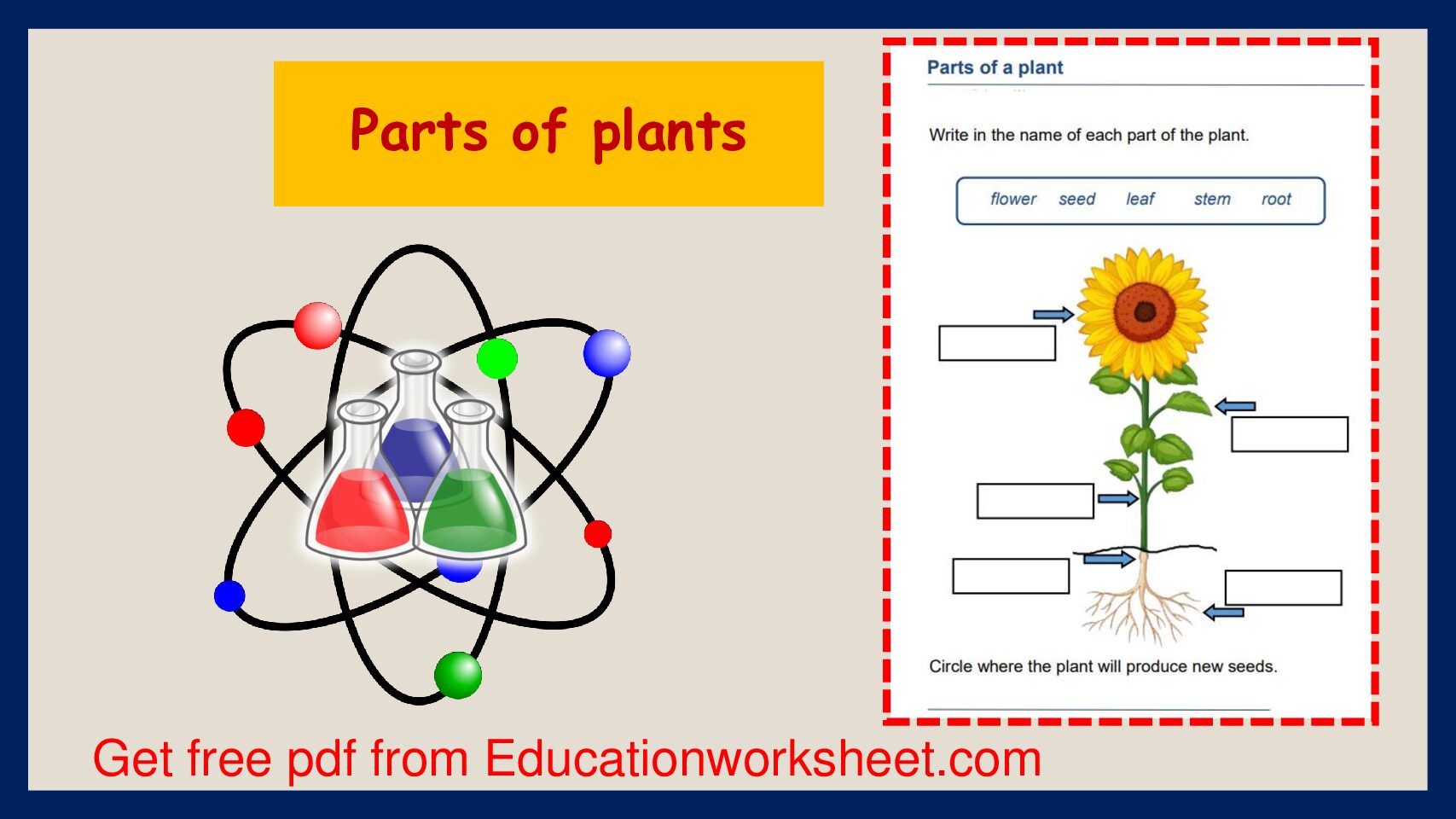Stem part worksheets.
Stem part worksheets.
The term “stem” refers to a crucial part of a plant’s anatomy. The stem is a structural component that serves several essential functions in a plant’s life cycle and growth. Here are some key aspects of the stem:
-
Support Stem part worksheets.
- The primary function of the stem is to provide structural support for the plant. It holds up leaves, flowers, and fruits, ensuring they are exposed to sunlight and air for photosynthesis and other vital processes.
-
Transport Stem part worksheets.
- Stems contain vascular tissues called xylem and phloem, which are responsible for the transport of water, minerals, and nutrients throughout the plant. Xylem transports water and minerals from the roots to the rest of the plant, while phloem transports sugars and other organic compounds produced in the leaves to various parts of the plant.
-
Storage Stem part worksheets.
- In some plants, stems can store food reserves, such as starches and sugars. Examples of stem-storing plants include potatoes, ginger, and tuberous begonias.
-
Growth Stem part worksheets.
- Stems have the capacity to grow both in length and diameter. Growth occurs primarily at the tips of the stem (apical meristems) and in regions called the cambium, where new cells are produced for secondary growth, leading to increased girth.
-
Leaf Attachment Stem part worksheets.
- Leaves are attached to the stem at nodes, and the spaces between nodes are known as internodes.
-
Bud Formation Stem part worksheets.
- Stems can bear buds, which can develop into new shoots, leaves, or flowers. These buds can be either terminal (at the tip of the stem) or axillary (found in the leaf axils).
-
Reproduction Stem part worksheets.
- Some plants can reproduce asexually through stem cuttings. When a segment of a stem with a node is planted, it can develop roots and grow into a new plant.
-
Photosynthesis Stem part worksheets.
While leaves are the primary sites of photosynthesis, stems in some plants, such as cacti and succulents, may also carry out photosynthetic functions to some extent.
The structure and function of stems can vary widely among different plant species. For example, in woody plants like trees, the stem is a major trunk that provides long-term structural support. In herbaceous plants, stems are often more flexible and may not persist for long periods.
Overall, the stem is a critical part of a plant’s anatomy, contributing to its growth, stability, and ability to carry out essential physiological processes.
The stem can also be called halm or haulm or culms. Stem showing internode and nodes plus leaf petioles This above-ground stem of Polygonum has lost its leaves, but is producing adventitious roots from the nodes.
What Are the Different Parts of a Stem. A typical plant stem consists of eight distinct parts, containing six elements and two organs. The six elements are: 1) nodes, 2) internodes, 3) terminal or apical bud, 4) lateral or axillary bud, 5) petiole and 6) pedicel. While the two organs are: 7) leaves and 8) flowers.

